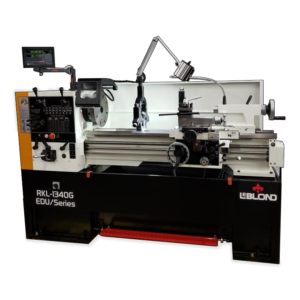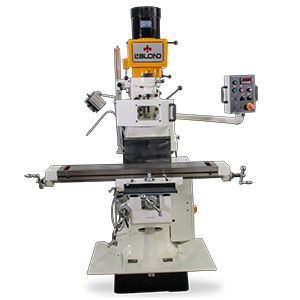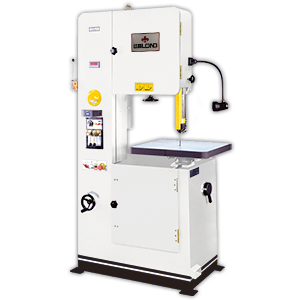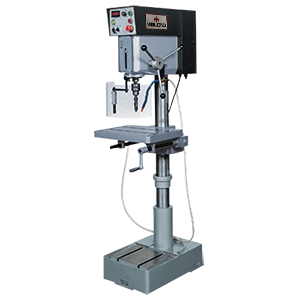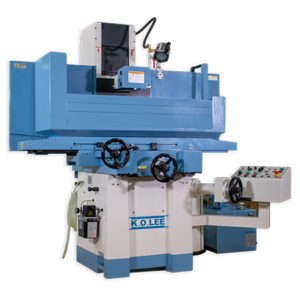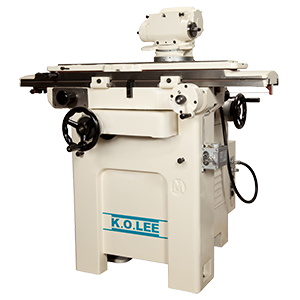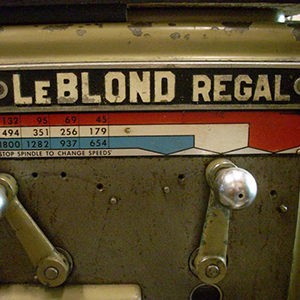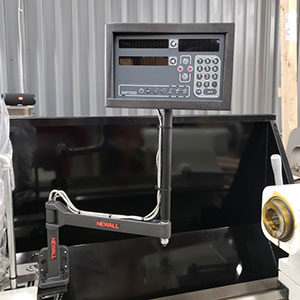 K.O. Lee’s beginnings were not unlike many other new businesses taking root on the prairies of the Dakota Territory in the 1880’s. Plenty of optimism and pioneering spirit made up for a lack of both human and material resources. Company founder Knute Oscar Lee was born February 22, 1862 on a farm near Blue Mounds, Wisconsin. In 1883, “K.O.” moved to South Dakota to claim a quarter of land in Edmunds County, south of Ipswich. In 1887, he moved to Aberdeen, married, and began operating a farm machinery sales company.
K.O. Lee’s beginnings were not unlike many other new businesses taking root on the prairies of the Dakota Territory in the 1880’s. Plenty of optimism and pioneering spirit made up for a lack of both human and material resources. Company founder Knute Oscar Lee was born February 22, 1862 on a farm near Blue Mounds, Wisconsin. In 1883, “K.O.” moved to South Dakota to claim a quarter of land in Edmunds County, south of Ipswich. In 1887, he moved to Aberdeen, married, and began operating a farm machinery sales company.
K.O. Lee moved his business many times during these early years, increasing the size of each building as business grew. In 1915, his son, Clifford Carl Lee, became a partner.
1916 saw a shift in the marketing strategies of the fledgling enterprise as the sale of steam engines was discontinued. From then on only gasoline tractors, threshing machines and plows were dealt with. As 1922 rolled around, K.O. Lee & Son Company stopped selling implements and concentrated on machine shop activities only. It was at this time the company hired a machinist-engineer named Theodore Purnis, who had immigrated from Germany. His duties included the training of machinists who worked at repairing the engines of tractors and automobiles the company was now selling. During the twenties, Purnis invented several small grinding machines and tools to assist in engine rebuilding. His early designs in automotive equipment included a seat grinder for reconditioning valve seats and a valve refacer for grinding intake and exhaust valves, as well as reseater tools for installing new valve seats and numerous reaming tools. In 1926, Purnis was named co-inventor of the valve seat insert ring as a method of repair in automobile and tractor engines. This product marked the beginning of the Company as a bona fide manufacturer. However, manufacturing was still a small part of the business, repair work and the job of binder twine occupied most of the firm’s energies. In order to finance this period of growth, C. C. Lee decided that K.O. Lee & Son Company could best expand its profitability by competing in the binder twine market. This twine was used in binders that tied grain into shocks. The importation of this twine from Europe began in 1933 when the commodity was being produced in England, Ireland, the Netherlands, Belgium and Germany. The twine was shipped through the Great Lakes to Duluth, Minnesota. From there it was sold throughout the states of Montana, South Dakota, North Dakota, Nebraska, Iowa and Minnesota.
Knute Oscar Lee died in 1934 and his son took over the direction of the twine and repair business. In 1939, World War II broke out and the supply lines for the importation of twine were severed. Meanwhile, the tool manufacturing business was thriving, leaving little time for repair work. In 1941, the city of Aberdeen was exploring new ways to expand business opportunities within the community.  This was the same year the city of Aberdeen opened a new industrial developmentwhich had been purchased by the Chamber of Commerce. On this site, the company erected a 35,000 square foot factory and office. The building itself was unique because of its saw tooth roof design. This provided maximum light and ventilation and eliminated direct sunlight. Since 1916, the firm had been known as K.O. Lee & Son Company, with this new phase in the company’s development the new name was officially changed to the K.O. Lee Company.
This was the same year the city of Aberdeen opened a new industrial developmentwhich had been purchased by the Chamber of Commerce. On this site, the company erected a 35,000 square foot factory and office. The building itself was unique because of its saw tooth roof design. This provided maximum light and ventilation and eliminated direct sunlight. Since 1916, the firm had been known as K.O. Lee & Son Company, with this new phase in the company’s development the new name was officially changed to the K.O. Lee Company.
Another shift in priorities was also taking place at this time. With the move now complete, the repair and machine departments, which had been the backbone of the company’s early development, were shut down.  A new emphasis was made on the manufacturing of tools that were advertised under the Knock-Out Brand of products that stated the great quality K.O. Lee used. Under this brand were universal tool grinders, tool grinder fixtures and accessories, expanding mandrels, keyless drill chucks, valve refacers, valve seat grinders, valve seat insert rings, reseater sets, rod aligners, stud wrenches, sanders, AC welders, drills, polishers and reaming drives. Most of these tools were designed in the Company’s own engineering department. Distributors were setup and sales were made to automotive garages and other manufacturers throughout the United States.
A new emphasis was made on the manufacturing of tools that were advertised under the Knock-Out Brand of products that stated the great quality K.O. Lee used. Under this brand were universal tool grinders, tool grinder fixtures and accessories, expanding mandrels, keyless drill chucks, valve refacers, valve seat grinders, valve seat insert rings, reseater sets, rod aligners, stud wrenches, sanders, AC welders, drills, polishers and reaming drives. Most of these tools were designed in the Company’s own engineering department. Distributors were setup and sales were made to automotive garages and other manufacturers throughout the United States.
With the outbreak of World War II, the K.O. Lee Company devoted its full energies to the war effort. Three shifts were organized for the much needed production of machines and tools. This increased activity was responsible for the recognition of the company throughout the metal working industry. Up to 200 universal tool and cutter grinders were produced each month, all of which were absorbed by other industries engaged in producing war goods, including truck and tractor manufacturers, ammunition and firearms manufacturers, instrument makers, aircraft builders, bearing producers and heavy industry of all kinds. The increased recognition the war years brought also meant an increased demand for K.O. Lee products once peacetime returned. With the interest came a host of new products during the 1950’s which included expansion in the industrial tool grinder lines. 1960’s brought surface grinders and special slicing machines into the fledgling semi-conductor market.
During the 1970’s, efforts were made to improve current products and refine their applications. A Radius-Tangent grinder was developed and marketed, and a new larger 8″ x 18″ chuck capacity surface grinder was produced to compliment the already existing 6″ x 12″ and 6″ x 18″ size grinders.  Plant expansion also took place during this time with a much larger manufacturing facility being erected in 1971 and in 1981, a casting preparation and powder paint was incorporated. With these additions, the K.O. Lee Company, occupied 127,000 square feet of manufacturing, warehouse and office space – all under one roof!
Plant expansion also took place during this time with a much larger manufacturing facility being erected in 1971 and in 1981, a casting preparation and powder paint was incorporated. With these additions, the K.O. Lee Company, occupied 127,000 square feet of manufacturing, warehouse and office space – all under one roof!
In 2008, after much thought, consideration and review of market trends, the K.O. Lee Company sold the business to LeBlond Ltd in Amelia, Ohio.

